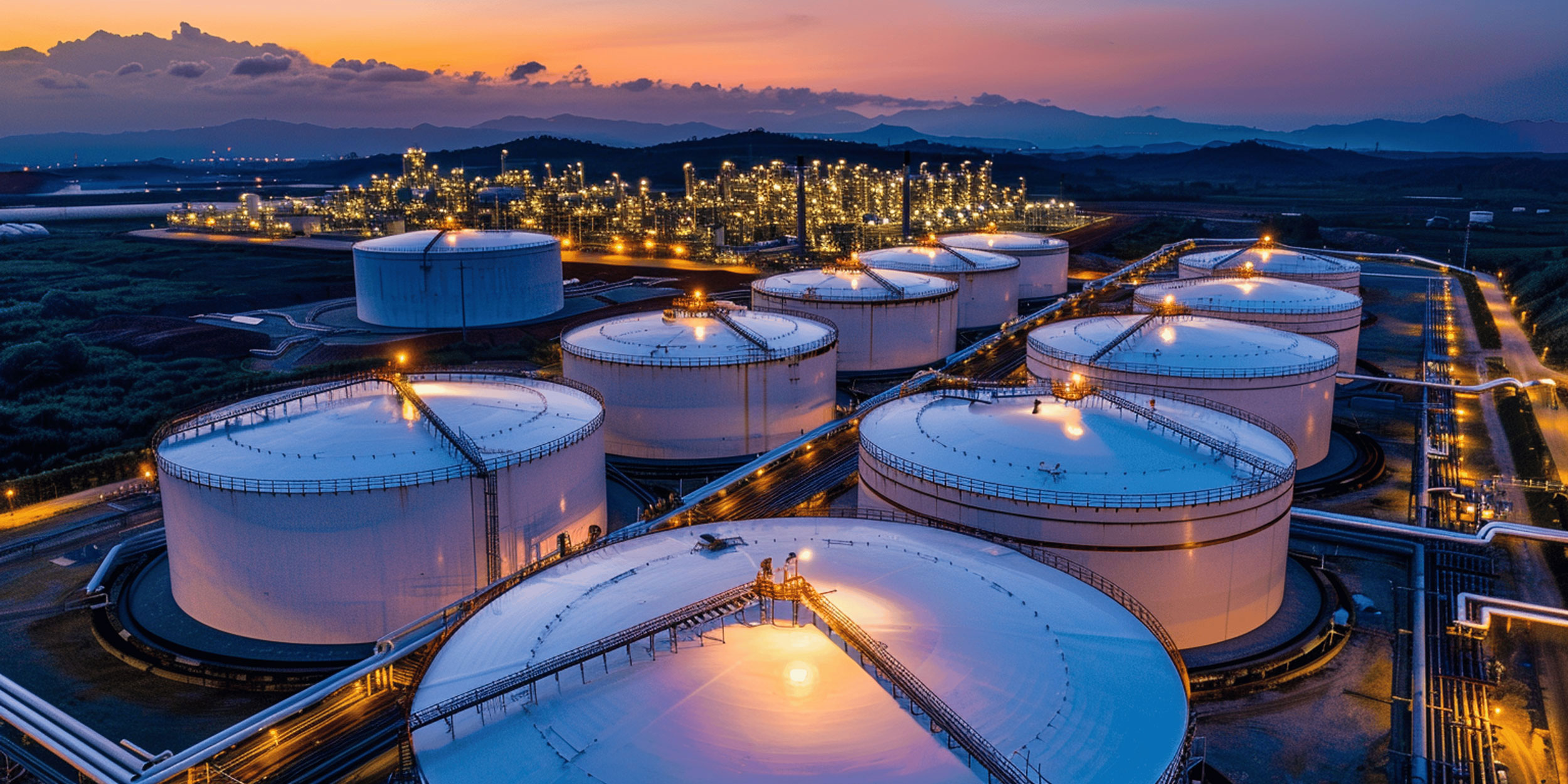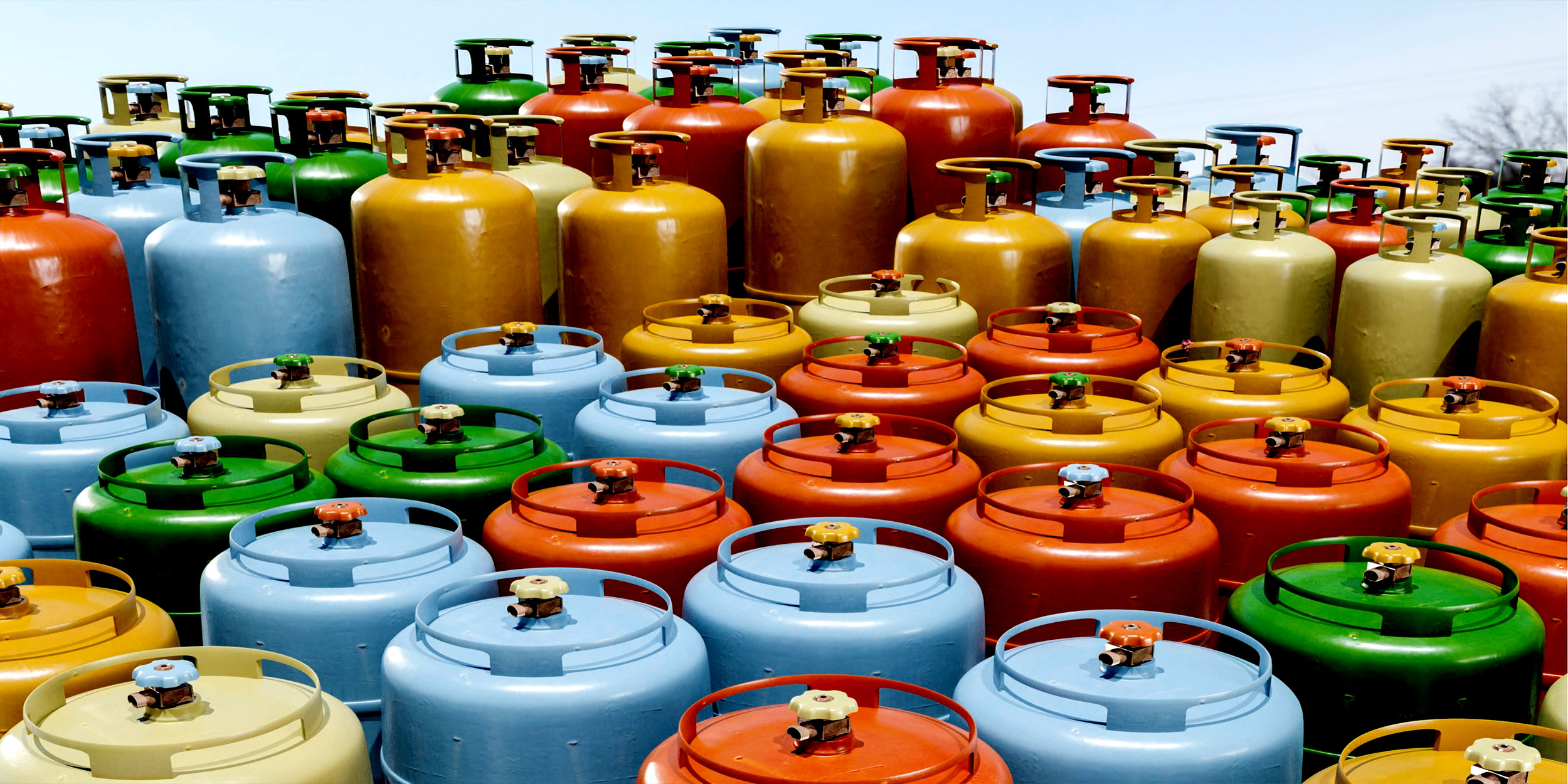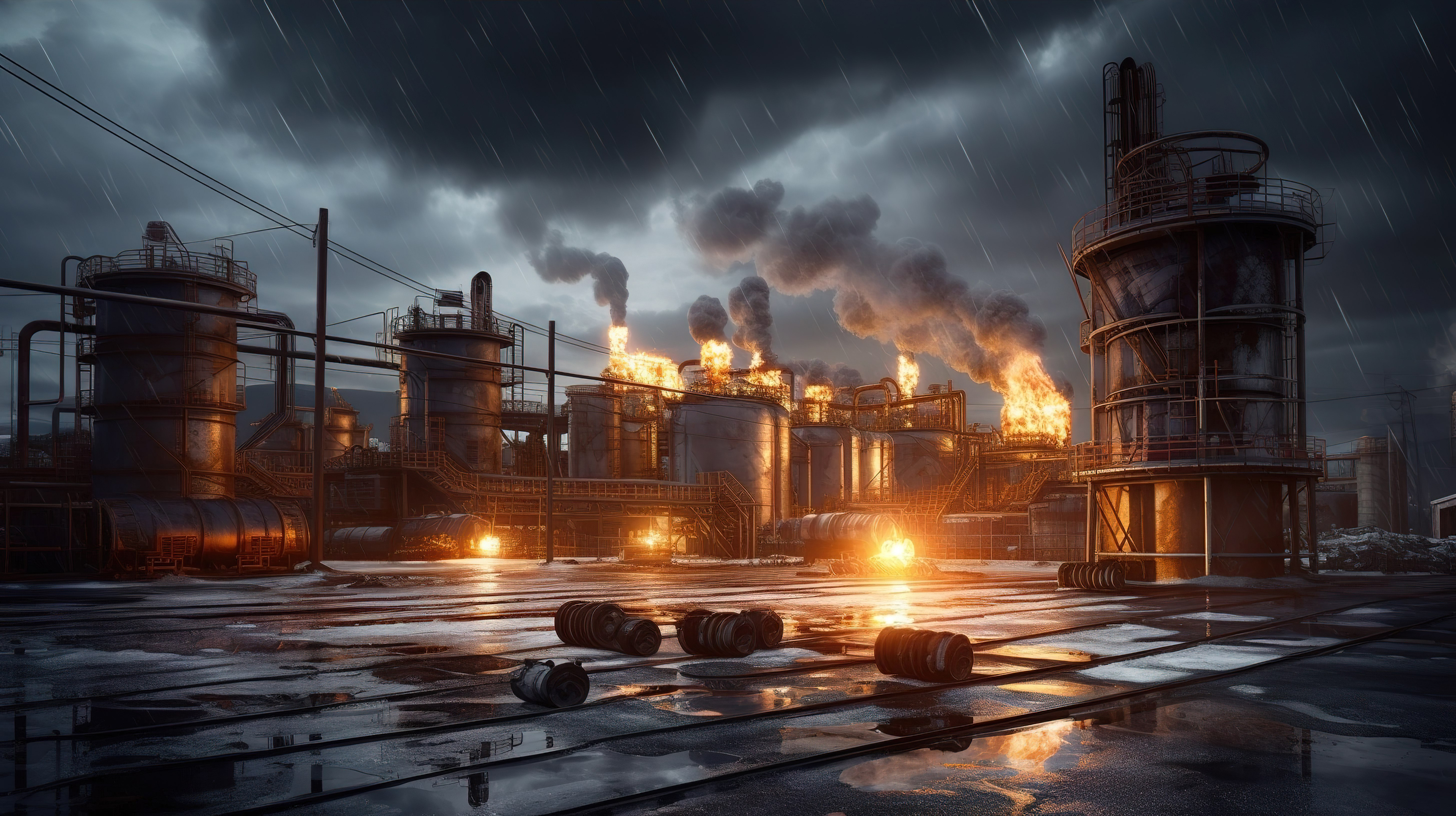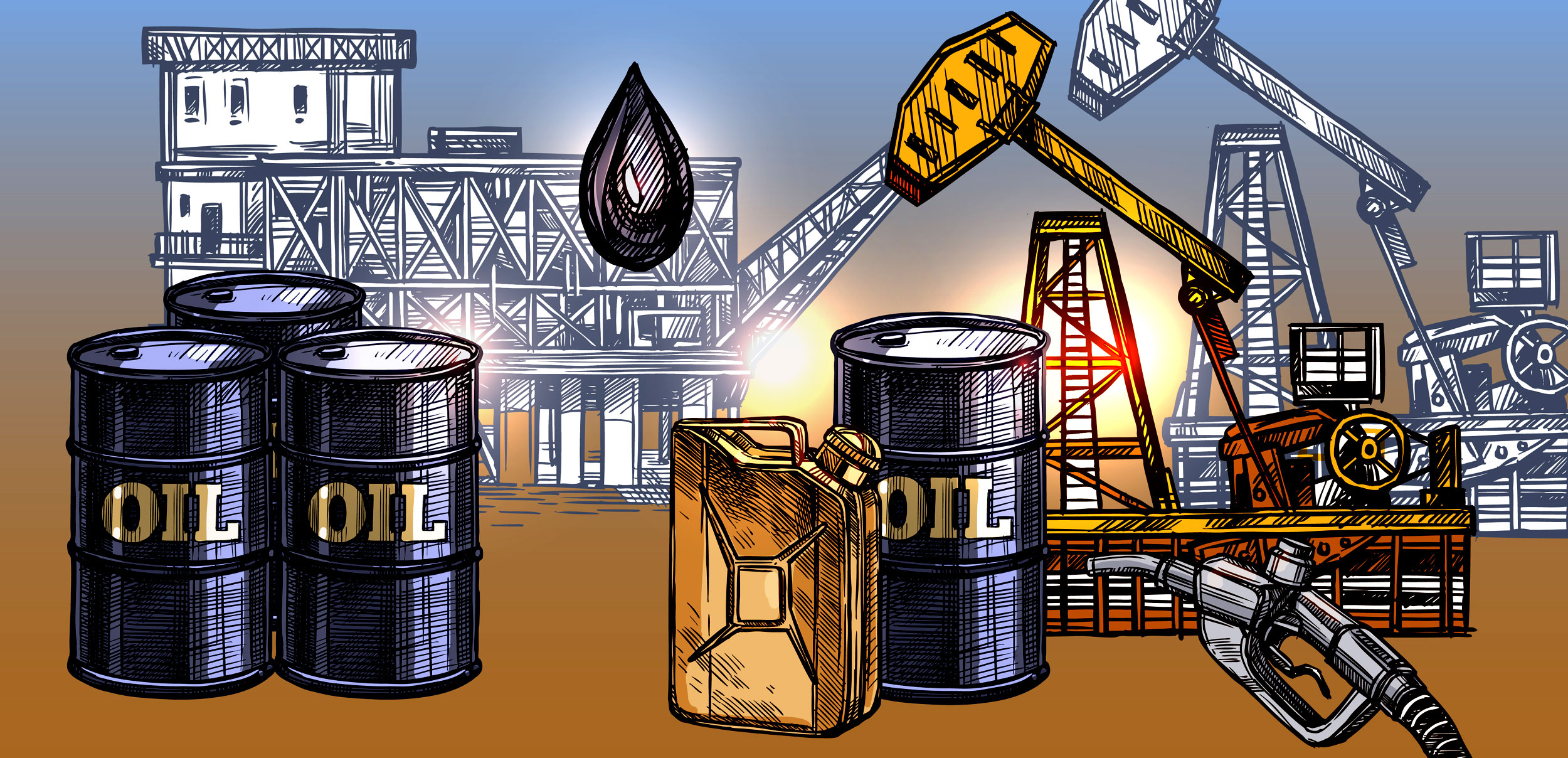 Industrial Oil
Industrial Oil

- Lubrication & Protection – Industrial oils reduce friction and wear in machinery, ensuring smooth operation and extending equipment lifespan.
- Types & Applications – Includes hydraulic oils, gear oils, compressor oils, and turbine oils, each designed for specific industrial applications.
- Thermal & Oxidation Stability – High-quality industrial oils withstand extreme temperatures and resist oxidation, preventing sludge formation and maintaining efficiency.
- Corrosion & Contamination Resistance – Industrial oils protect metal components from rust, corrosion, and contaminants, ensuring reliability in harsh environments.
- Energy Efficiency & Performance – By reducing energy consumption and heat generation, industrial oils enhance overall system performance and productivity.
 Methanol
Methanol

- Versatile Industrial Chemical – Methanol is widely used in the production of formaldehyde, acetic acid, and other chemicals essential for plastics, resins, and adhesives.
- Fuel & Energy Source – It is used as a fuel additive, in biodiesel production, and as a clean-burning alternative fuel in transportation and power generation.
- Solvent & Antifreeze – Methanol serves as a solvent in paints, coatings, and pharmaceuticals and is also used in windshield washer fluids and antifreeze solutions.
- Hydrogen Carrier – It plays a role in fuel cells as a hydrogen source for clean energy applications, supporting sustainable and renewable energy initiatives.
- Toxic & Flammable – Methanol is highly toxic if ingested or inhaled and is highly flammable, requiring careful handling and storage in industrial and commercial applications.
 Base Oils
Base Oils

- Primary Component of Lubricants – Base oils make up 70-90% of lubricants and serve as the foundation for engine oils, industrial oils, and greases.
- Types & Classification – They are categorized into five groups (I to V) based on their refining process, viscosity, and performance characteristics.
- Mineral & Synthetic Variants – Base oils can be derived from crude oil (mineral) or produced through chemical synthesis (synthetic) for enhanced performance and longevity.
- Thermal & Oxidation Stability – High-quality base oils resist thermal breakdown and oxidation, ensuring longer-lasting and more efficient lubrication.
- Wide Industrial Applications – Used in automotive engines, industrial machinery, hydraulic systems, and metalworking fluids to reduce friction and wear.
 Fuel Oil
Fuel Oil

- Derived from Crude Oil – Fuel oil is a refined petroleum product obtained from crude oil distillation and is used primarily for energy generation.
- Varied Grades & Uses – It comes in different grades, from light (diesel) to heavy fuel oil (HFO), used in power plants, marine engines, and industrial heating.
- High Energy Content – Fuel oil provides a high calorific value, making it an efficient energy source for industrial and commercial applications.
- Environmental Concerns – Its combustion releases pollutants like sulfur oxides and particulates, requiring emission control measures and cleaner alternatives.
- Essential for Industrial Applications – Used in manufacturing, shipping, and electricity generation, fuel oil remains a crucial component of global energy consumption.
 Furnace Oil
Furnace Oil

- Heavy Industrial Fuel – Furnace oil is a dense, low-viscosity fuel derived from crude oil, primarily used in industrial furnaces, boilers, and kilns.
- High Calorific Value – It provides efficient heat generation, making it a cost-effective energy source for industries like textiles, steel, and power plants.
- Requires Preheating – Due to its high viscosity, furnace oil needs to be preheated before combustion to ensure proper flow and efficient burning.
- Environmental Impact – It emits sulfur dioxide (SO₂) and other pollutants, requiring industries to use emission control technologies or switch to cleaner alternatives.
- Widely Used in Industries – Furnace oil is commonly used for heating, steam generation, and power production in various industrial sectors.
 Rubber processing oil (RPO)
Rubber processing oil (RPO)

- Enhances Rubber Properties – RPO improves the flexibility, elasticity, and durability of rubber, making it easier to process during manufacturing.
- Different Types – It is available in aromatic, paraffinic, and naphthenic forms, each suited for specific rubber formulations and applications.
- Used in Various Industries – RPO is widely used in the production of tires, conveyor belts, footwear, hoses, and other rubber products.
- Aids in Mixing & Molding – It helps in the proper dispersion of fillers and additives, reducing processing costs and improving product consistency.
- Environmentally Compliant Grades – Modern RPO formulations focus on low-toxicity and eco-friendly alternatives to meet regulatory and environmental standards.
 Urea Fertilizer
Urea Fertilizer

- High Nitrogen Content – Urea contains 46% nitrogen, making it one of the most concentrated nitrogen fertilizers available for plant growth.
- Essential for Crop Growth – It is widely used in agriculture to enhance soil fertility, promoting strong leaf and stem development in crops.
- Highly Soluble & Easy to Apply – Urea dissolves quickly in water and can be applied in granular, liquid, or foliar spray form for efficient absorption by plants.
- Cost-Effective & Versatile – Due to its low production cost and high effectiveness, urea is the most commonly used nitrogen fertilizer worldwide.
- Requires Proper Handling – If not applied correctly, urea can lead to nitrogen loss through volatilization, reducing efficiency and causing environmental concerns.
 White Spirit
White Spirit

- Petroleum-Derived Solvent – White spirit, also known as mineral spirits or turpentine substitute, is a clear, flammable liquid obtained from petroleum distillation.
- Used in Paints & Coatings – It is widely used as a solvent for thinning oil-based paints, varnishes, and enamels, ensuring smooth application and finish.
- Effective Cleaning Agent – White spirit is commonly used for cleaning brushes, degreasing machinery, and removing oil and grease from surfaces.
- Slow Evaporation Rate – Compared to other solvents, it evaporates slowly, allowing for better paint leveling and extended working time.
- Low Toxicity & Odor Variants Available – While traditional white spirit has a strong odor, low-odor and eco-friendly versions are available for safer indoor use.
 Bitumen
Bitumen

- Derived from Crude Oil – Bitumen is a thick, black, viscous material obtained as a residue from crude oil refining.
- Primary Use in Road Construction – It is widely used as a binding agent in asphalt for paving roads, highways, and airport runways.
- Waterproofing & Sealing Properties – Bitumen is used in roofing, waterproof membranes, and pipe coatings due to its excellent water resistance.
- High Durability & Adhesion – It has strong adhesive properties, making it ideal for construction and infrastructure projects requiring long-lasting materials.
- Different Grades & Types – Bitumen is available in various forms, including penetration grade, oxidized bitumen, cutback bitumen, and polymer-modified bitumen, each suited for specific applications.
 Liquefied Petroleum Gas (LPG)
Liquefied Petroleum Gas (LPG)

- Mixture of Propane & Butane – LPG is a flammable gas mixture that is stored in liquid form under pressure and used as a fuel source.
- Versatile Energy Source – It is widely used for cooking, heating, water heating, and powering vehicles (autogas) in residential, commercial, and industrial applications.
- Clean & Efficient Burning – LPG burns with low carbon emissions, making it an environmentally friendly alternative to coal and diesel.
- Portable & Easily Stored – It is stored in pressurized cylinders or tanks, making it convenient for transport and use in remote areas.
- Industrial & Chemical Applications – LPG is used in metal cutting, plastic manufacturing, and as a feedstock in petrochemical industries for producing various chemicals.
 Sulphur Lumps
Sulphur Lumps

- Elemental Sulfur Form – Sulphur lumps are solid, yellow-colored forms of elemental sulfur, typically obtained from natural gas or petroleum refining.
- Used in Sulfuric Acid Production – A major application is in the production of sulfuric acid, which is essential for fertilizers, chemicals, and industrial processes.
- Key Role in Rubber & Tire Industry – Sulphur lumps are used in vulcanization, a process that enhances the strength and durability of rubber products.
- Agricultural & Pesticide Applications – Sulphur is used as a soil conditioner, fungicide, and pesticide to improve crop health and protect against pests.
- Flammable & Requires Safe Handling – Sulphur lumps are highly flammable and must be stored properly to prevent fire hazards and contamination.
 Gasoline
Gasoline

- Fossil Fuel Origin – Gasoline is derived from crude oil through a refining process called fractional distillation. It consists mainly of hydrocarbons.
- Highly Flammable – It has a low flashpoint, meaning it easily ignites and burns, making it a powerful fuel for internal combustion engines.
- Octane Rating Matters – Gasoline quality is measured by its octane rating, which determines its resistance to knocking (premature combustion in an engine). Higher octane fuels are used in high-performance engines.
- Environmental Impact – Burning gasoline releases carbon dioxide (CO₂), nitrogen oxides (NOₓ), and other pollutants, contributing to air pollution and climate change.
- Alternative Fuels Exist – With rising environmental concerns, alternatives like electric vehicles (EVs), biofuels (ethanol blends), and hydrogen fuel cells are gaining popularity to reduce dependence on gasoline.
 Diesel
Diesel

- Derived from Crude Oil – Diesel is a refined petroleum product, extracted from crude oil through a process called distillation.
- Higher Energy Efficiency – Diesel engines are more fuel-efficient than gasoline engines, providing better mileage and making them ideal for heavy-duty vehicles like trucks and buses.
- Produces More Torque – Diesel engines generate higher torque, making them suitable for hauling heavy loads and industrial applications.
- Environmental Impact – Diesel combustion emits nitrogen oxides (NOₓ) and particulate matter (PM), contributing to air pollution, though modern engines use filters and DEF (Diesel Exhaust Fluid) to reduce emissions.
- Used in Multiple Sectors – Apart from transportation, diesel is widely used in agriculture, construction, power generation, and marine industries.
 Naphtha
Naphtha

- Derived from Crude Oil – Naphtha is a flammable liquid hydrocarbon mixture obtained from crude oil refining or natural gas processing.
- Used in Petrochemical Production – It is a key raw material for producing plastics, synthetic fibers, and chemicals like ethylene and propylene.
- Blended into Gasoline – Naphtha is often blended with gasoline to improve its performance and octane rating.
- Industrial and Energy Uses – It is used as a solvent, paint thinner, cleaning agent, and even in some energy applications like power generation.
- Highly Flammable and Hazardous – Naphtha evaporates quickly and can form explosive vapors, requiring careful handling and storage.
 Crude Oil
Crude Oil

- Natural Fossil Fuel – Crude oil is a naturally occurring liquid found underground, formed from ancient organic matter over millions of years under heat and pressure.
- Refined into Various Products – It is processed in refineries to produce gasoline, diesel, jet fuel, lubricants, asphalt, and petrochemicals used in plastics and other materials.
- Major Energy Source – Crude oil is a primary source of global energy, powering transportation, industries, and electricity generation.
- Environmental Impact – Its extraction, refining, and burning contribute to air pollution, oil spills, and greenhouse gas emissions, affecting climate and ecosystems.
- Price Fluctuates – The cost of crude oil is influenced by supply and demand, geopolitical events, OPEC decisions, and global economic conditions.
